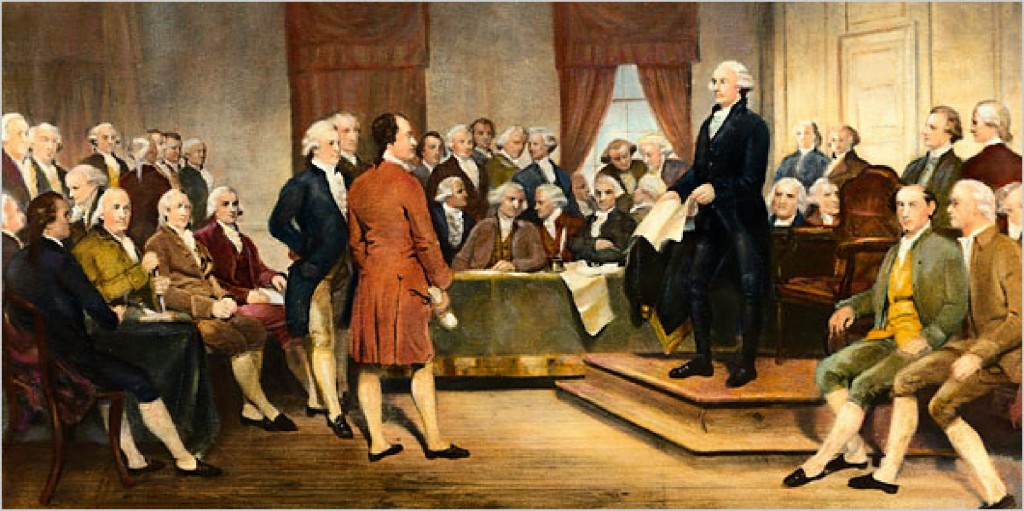In the late 18th century, a motley crew of lawyers, farmers, merchants, and disruptive freethinkers had an idea for a startup. Few of them figured the fledgling startup had much chance of success. They came up with many names–including Columbia, the United Colonies, British America, and United Statesian–until they finally settled on the United States of America.
But how exactly do you go about starting up a government, especially if it is unlike any other that has existed before? It wasn’t as if they could go online and read up on how to do it.
The Founding Fathers were an exceptionally innovative collection of men. Not only has the government they conceived of lasted for more than 200 years, but it’s a model of democracy around the world.
It’s fascinating to realize that the political strategies the founders argued passionately about are still being argued today in business schools, boardrooms, and in the garages and basements of those aspiring to become the next Steve Jobs or Mark Zuckerberg. Continue reading “Five Startup Lessons from America’s First Cofounders”


